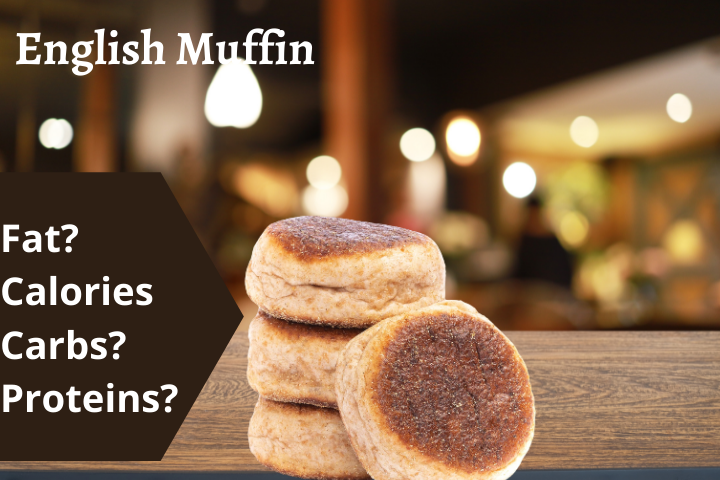
Table of Contents
- Nutrition Facts About English Muffins
- How are English muffins healthy?
- What can you eat with healthy English muffins?
- Allergies caused by English muffins
- What should you choose between English muffin and bread?
- Frequently Asked Questions:
What is it about an English muffin that screams ‘healthy’? Let’s find out with calorie count and how you can jump on the bandwagon. For those of us who haven’t heard of it before, an English muffin resembles a burger and is essentially a favorite breakfast item.
This yeast-clad muffin is usually cut into two halves and served with bacon, eggs, and sausages. For those of you who love jams and marmalades, throw some on the muffin and you are good to go!
Nutrition Facts About English Muffins
According to Calorieking an average English muffin contains 132 calories. Among this, the calories accounting for the English muffin nutrition breakdown is as follows:
Protein is 4.8 g
Total fat is 1.4g
Carbohydrate 23.5 g
Sodium 2.7g and
Dietary fibre 198 mg.
While carbs in English muffins make the bulk of the ingredient, according to the glycemic index, fats, proteins and micronutrients constitute the rest of space.
How are English muffins healthy?
English muffins contain high fibre, protein, but are low in fat content.
When consumed without butter or other sides, they contain the least amount of calories.
English muffins taste crispy when toasted simply or with a ting drop of butter and are quite a healthy option for breakfast.
What can you eat with healthy English muffins?
High fibre in English muffins are quite a rage during breakfasts and brunches and there are a variety of items that you can pair with it.
One way is to cut the muffin into half, toast both sides, apply a thin layer of butter and serve it with coffee.
The second is to eat the English muffin as a side with eggs benedict, which is a common American breakfast or serve it with bacon, cheese or sausage in the form of a sausage.
Third, you could always have the English muffin with jam, honey or marmalade.
Allergies caused by English muffins
We know that the main ingredient in English muffins is wheat, and wheat contains gluten. Anyone allergic to gluten must avoid the English muffin. Oftentimes, the gluten allergy gets confused with celiac disease which is an abnormal immune system reaction.
What should you choose between English muffin and bread?
Both brand and English muffins are favourite items in the breakfast menu, however, if you are looking to switch things up and shift to a healthy regimen, then English muffin is a better option, and here’s why! While the active ingredient in both bread and English muffin that gives your body energy is carbohydrates, bread contains this ingredient in a higher composition as compared to calories in English muffin.
Additionally, English muffin is a good source of calcium too.if you are someone who loves to bake muffins of all kinds, here’s a list of the best muffins pans you could use to bake them.
Frequently Asked Questions:
1.How can one best store English muffins?
One good thing about English muffins is that they can be stored. Once you have opened the packet and picked the ones you need, you can store the rest in an airtight resealable bag and place it in the freezer. To avoid any spoilage, freeze each English muffin separately.
2.Can English muffins be frozen?
As discussed in the above section, English muffins can be stored separately and kept frozen in separate resealable bags. When it’s time to serve, unseal one of the packets, defrost it or heat the muffin for close to 30 seconds and serve hot. English muffins can be frozen for approximately 2 months.
Interesting Articles for You:
